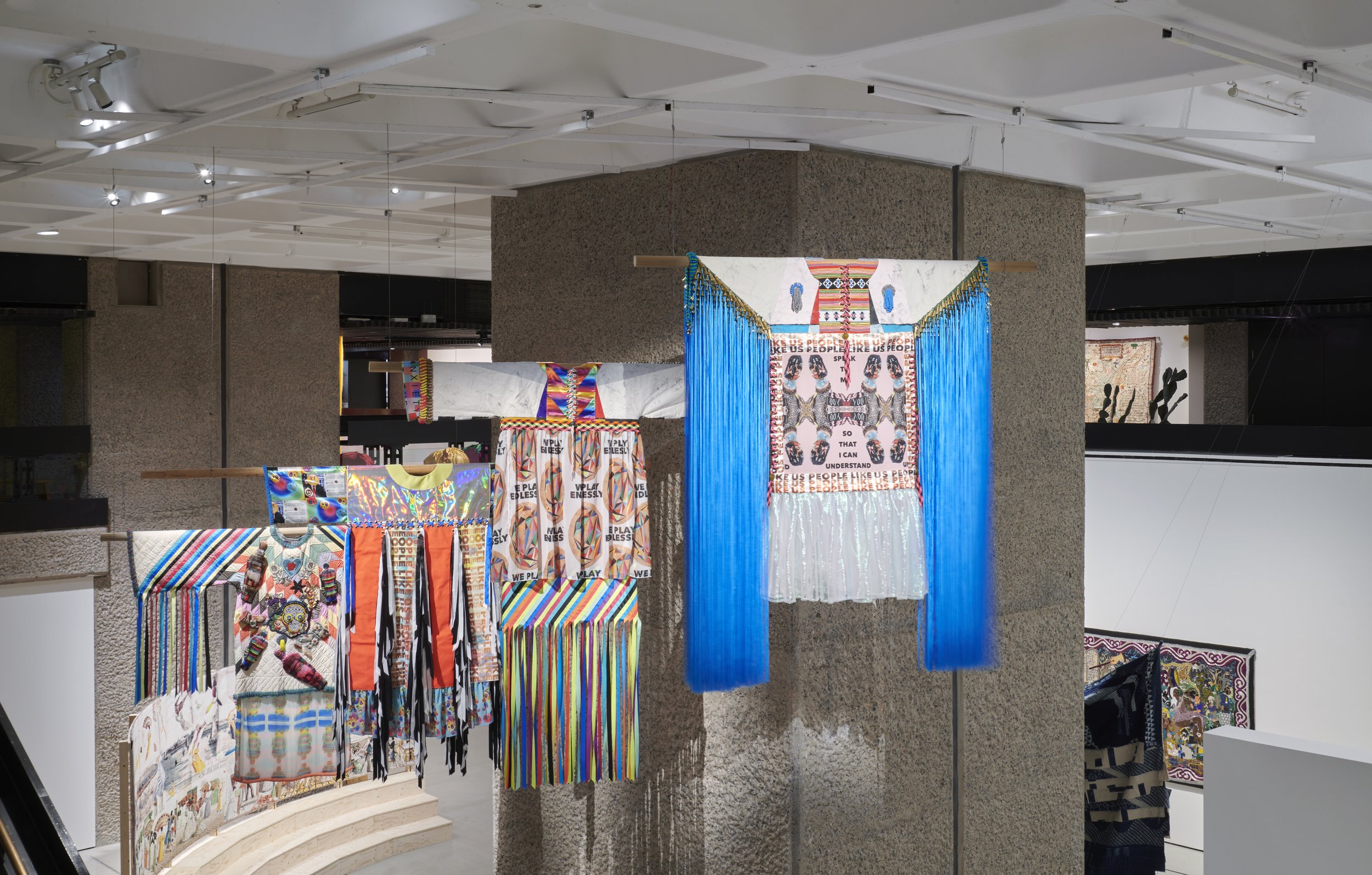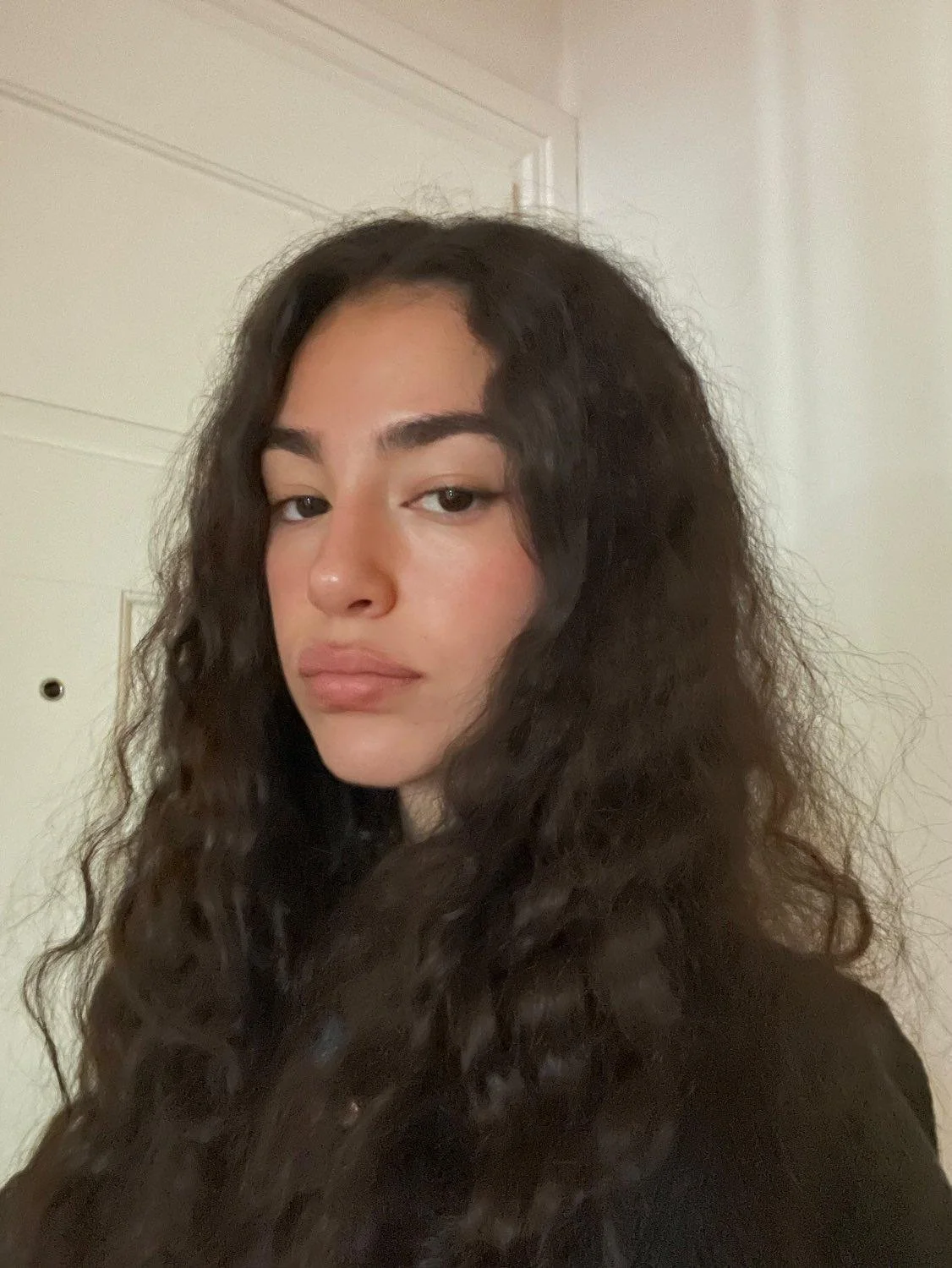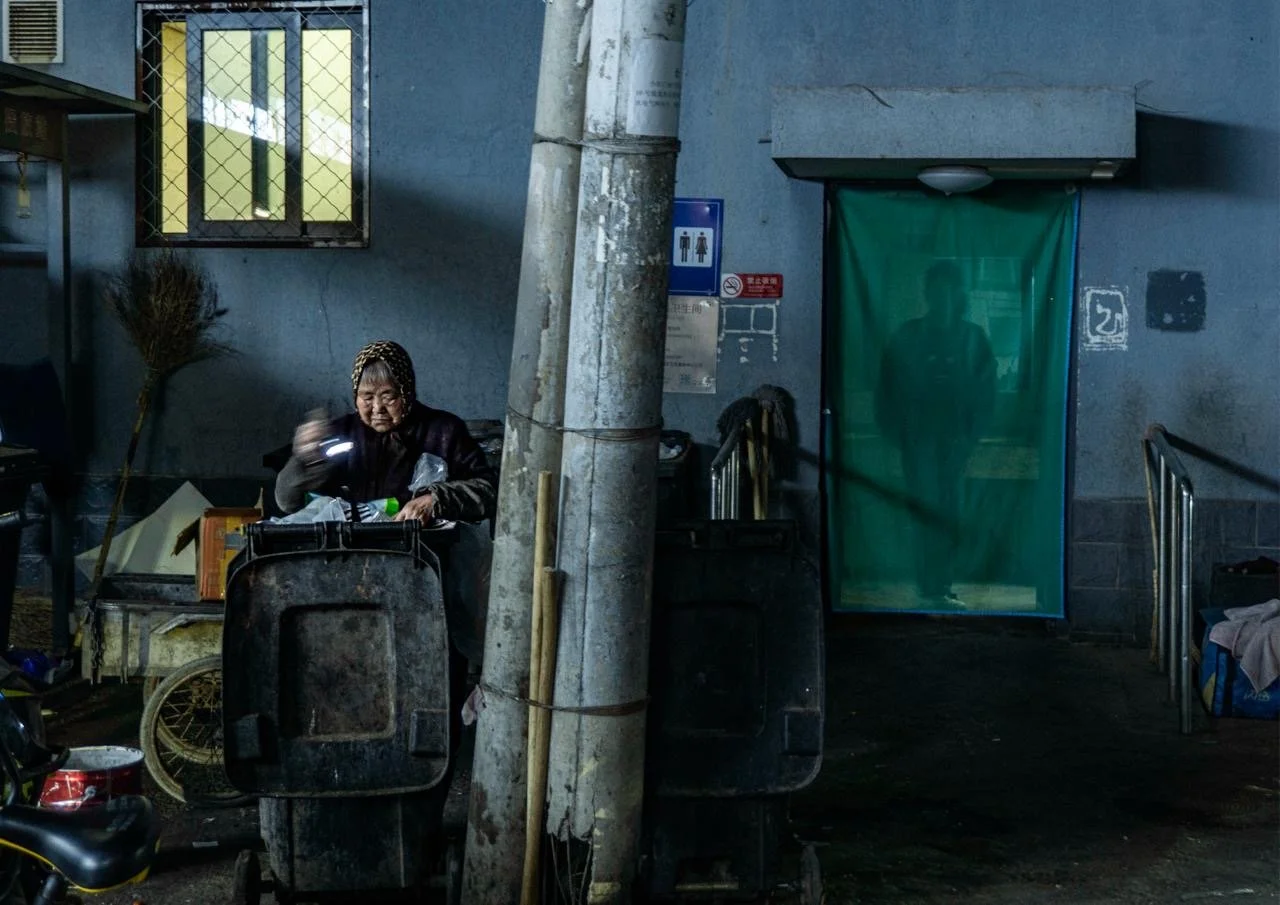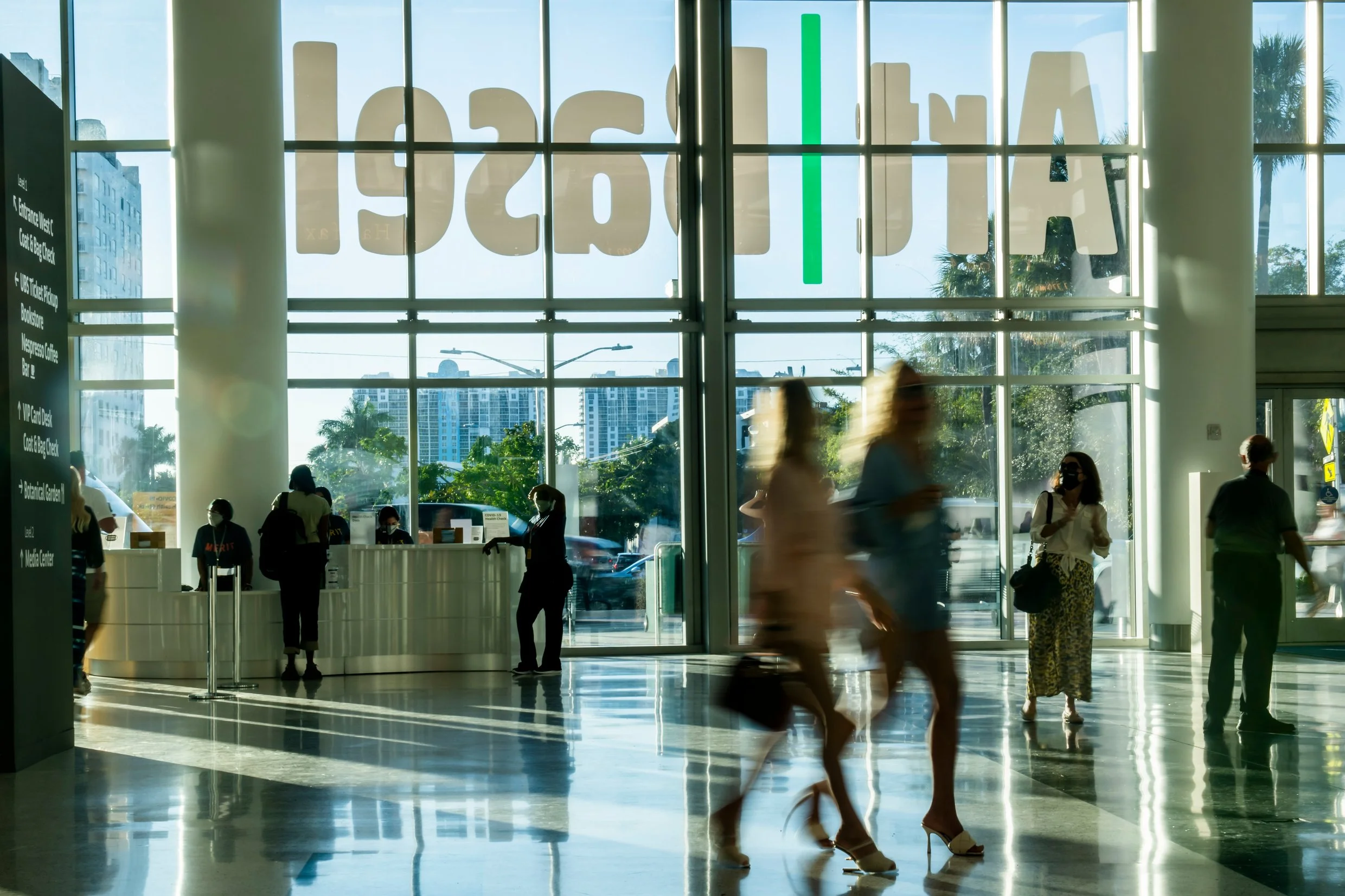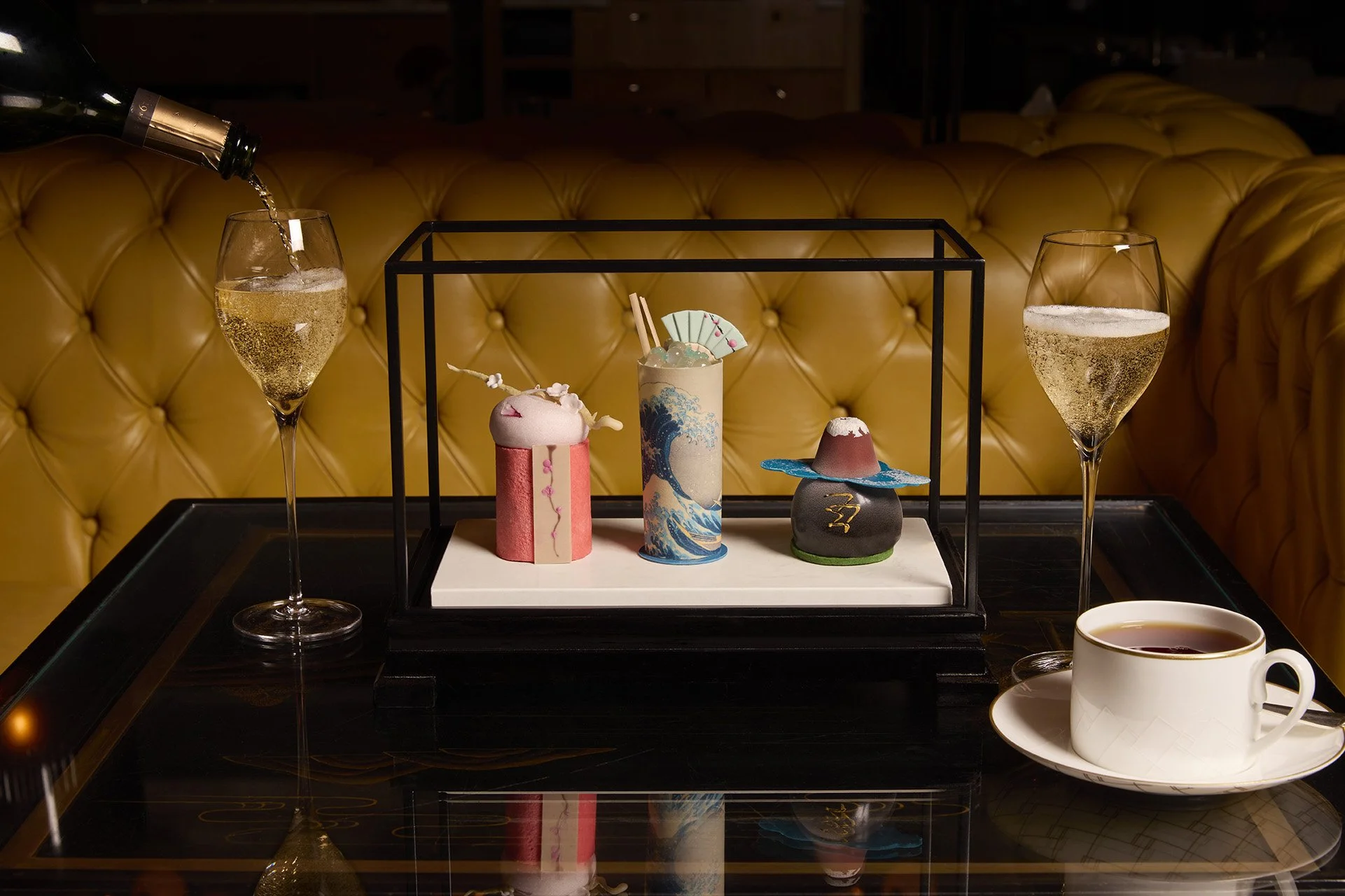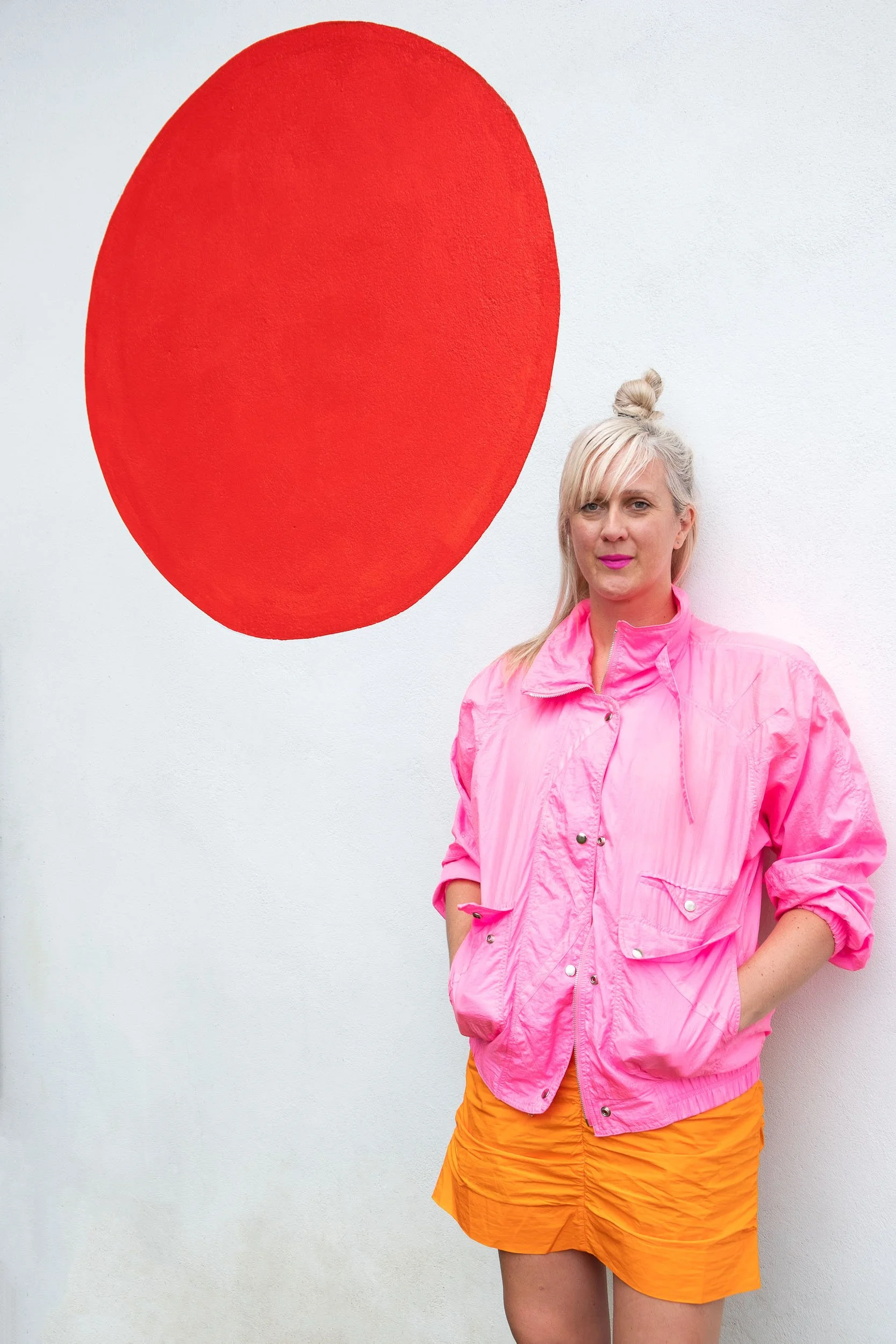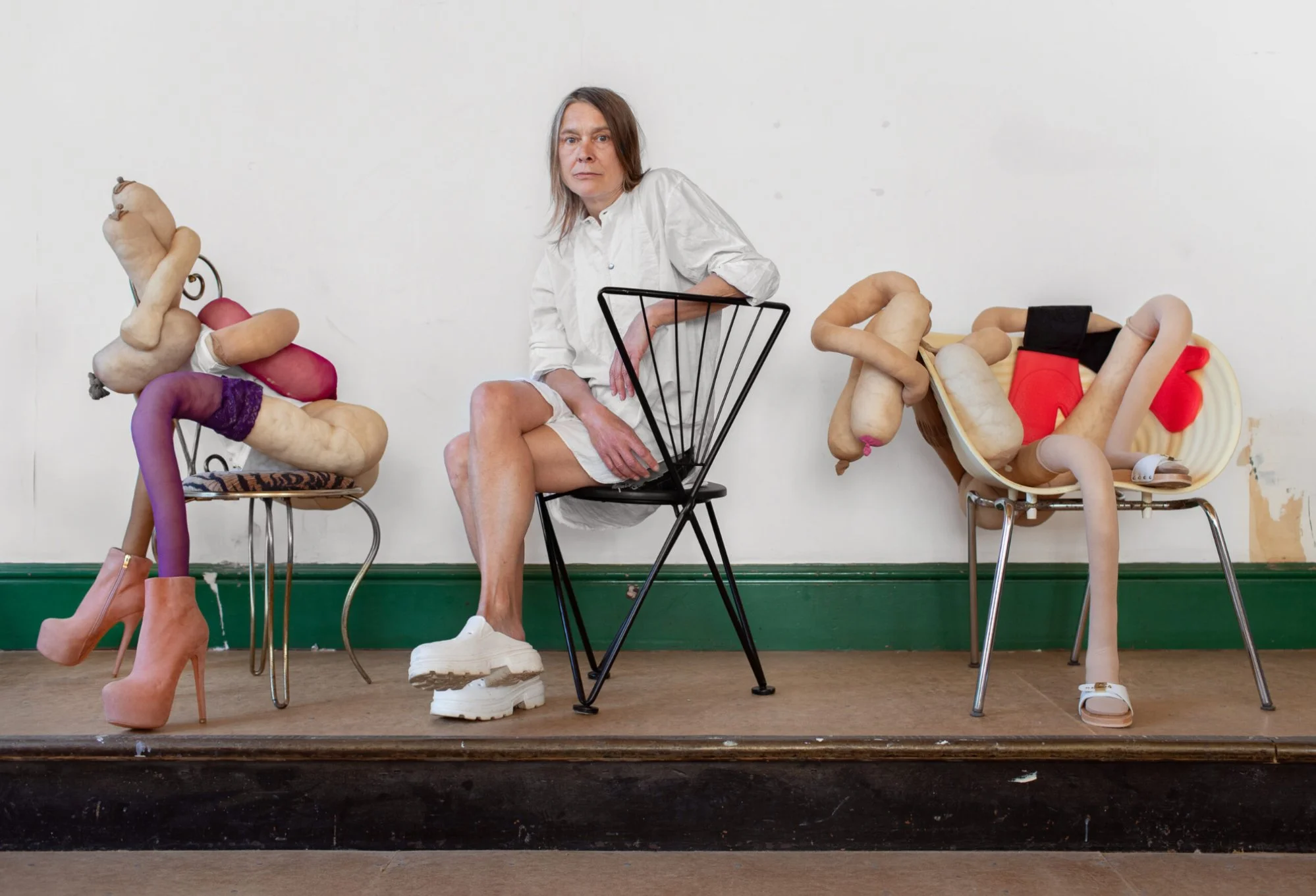UNRAVEL: The Power and Politics of Textiles in Art at the Barbican Art Gallery review
Blood, US Border Patrol Uniforms, Tracey Emin all at the Barbican’s latest exhibition UNRAVEL: The Power and Politics of Textiles in Art.
Unravel The Power and Politics of Textiles in Art, Installation view, Barbican Art Gallery. © Jo Underhill Barbican Art Gallery.
An extraordinary exhibition showcasing over 100 artworks by 50 international practitioners spanning from the 1960s to the present day. This meticulously curated exhibition does a wonderful job of unfolding the significance of textiles presented in six compelling themes – ‘Subversive Stitch’, ‘Fabric of Everyday Life’, ‘Borderlands’, ‘Bearing Witness’, ‘Wound and Repair’ and ‘Ancestral Threads’ – together these themes illuminate the diverse roles of textiles in artistic practices by offering expression, resistance and hope.
UNRAVEL is a major show not to be rushed through and one’s experience is enhanced by taking the time to read all the artwork descriptions and lingering is definitely worthwhile to absorb all the details of the works. There is some serious unravelling to be done here as the exhibition’s title suggests.
The art of textiles and the craft of stitching, weaving, braiding, beading and knotting have historically been deemed inferior as a domestic craft and dismissed as “woman’s work”. However many female artists have harnessed the potential by pushing back against these associations.
Unravel The Power and Politics of Textiles in Art, Installation view, Barbican Art Gallery. © Jemima Yong Barbican Art Gallery.
The notion of textiles as an everyday item is powerful and meaningful, we are swaddled in them when we are born, we wrap our bodies in them every day and we are shrouded in them when we die. Textiles have a symbolic importance in our lives.
What captivates about this exhibit was the breadth and depth of the artworks included. Not only do they hail from diverse cultural backgrounds but they also touch upon a myriad of thought-provoking topics, from powerful intimate stories to wider socio-political narratives. The creative process itself varies with some artists working in solitude while others work with collaborators or as acts of community. Both approaches I image to be therapeutic.
With “Birth Tear” American artist Judy Chicago was responding to the void of images of birth in Western art. The complex needlework of this piece is remarkable with its rippling forms beautifully conveying the visceral aspects of birth .
Judy Chicago, Birth Tear, 1982 © Judy Chicago. ARS, NY and DACS, London 2023, courtesy the artist and Jessica Silverman, San Francisco. Photo: John Wilson White
The works of LJ Roberts Sandwiched are three small images depicting dyke parades and protests following a transphobic attack. Cleverly hung under glass at right angles to the gallery wall means we can also see the reverse sides of these embroideries which Roberts considered equally important because behind every person is a messy underside and a web of interconnectedness.
Fabric of Everyday Life show artists who use textiles that have had a previous life as clothing belonging to members of their immediate communities. Loretta Pettway is a member of an intergenerational quilting collective many of whom can trace their family histories to enslaved people working at the Pettway Plantation. She used old workers clothes to construct quilts.
Tar Beach by Faith Ringgold of Harlem, USA, is a ‘story quilt’ made in response to her auto biography being rejected by a publisher. Textiles offered her a platform to tell her story. The rollable form of a story quilt is also a solution to moving, storing and transporting paintings
Faith Ringgold, Tar Beach 2, 1990-92. © Faith Ringgold / ARS, NY and DACS, London, courtesy ACA Galleries, New York 2023 and Pippy Houldsworth Gallery, London. Photo: Benjamin Westoby.
Family Treasures by Sheila Hicks feels celebratory. She asked close friends and family members to surrender their most beloved items of clothing, which she wrapped in colourful yarn and thread. Each tightly wrapped bundle is a reminder of what we hold dear.
Borderlands sees Kimsooja of Daegu, Korea showing Bottari which are cloth bundles traditionally used to transport everyday objects. They are evocative of displacement and migration yet the artist chose bottari out of colourful bedspreads that traditionally celebrate newlywed couples. While contradictory, they offer hope of happiness, love and fortune.
The clever use of US border patrol uniforms in The Space in Between series by Margartita Cabrere explores US-Mexico migratory politics. These were made collaboratively in workshops with Spanish-speaking communities recounting their immigration stories. The connotation of uniforms is two fold, one of security and safety while for others feelings of fear, resistance and histories of violence.
The Space in Between series by Margartita Cabrere. Unravel The Power and Politics of Textiles in Art, Installation view, Barbican Art Gallery. © Jo Underhill Barbican Art Gallery.
Bearing Witness. This section had some very powerful pieces. Luingamla Kashan by Zamthingla Ruivah, Manipur, India, looks simple surrounded by the other works but its significance runs deep. A Kashan is a woollen sarong worn by both men and women in north east India. Luingamla, a friend of the artist was murdered by army officers who attempted to rape her but due to a remnant of British colonial law went free. Student groups rallied and the case was won four years after her murder. This sarong was made to commemorate the win and are now worn widely in the region and have become a symbol of solidarity
Teresa Margolles had an enduring commitment to addressing death and its aftermath often using residues from murder sites in her art. One of her works containing the blood from a woman assassinated in Panama City had been removed on my visit, unsure of the reason, I am assuming it may have proved too controversial for some.
Teresa Margolles, american Juju for the Tapestry of Truth, 2015. Courtesy the artist and Galerie Peter Kilchmann, Zurich/ Paris.
Her works are material protests against forgetting, American Juju for the Tapestry of Truth made to commemorate Eric Garner who died while being placed under arrest also honours other African American victims of police brutality. The process of making these were collaborative and a vehicle for communities affected to deal with trauma, mourn and heal. The accompanying film documenting the making of the tapestry is worth watching. Clearly expressing the fears of black communities for their fathers and sons and questioning why the injustices keep happening.
I suppose the only art missing was perhaps one of Grayson Perry’s astounding tapestries which address gender, class, age, and a fair amount of politics. I say this in jest as it would certainly not be missed as this is an exhibit filled with plenty to contemplate. The exhibit didn’t shy away from big name artists with Tracy Emin’s No Chance Applique blanket on display.
Textiles stand firm in the world of art in this exhibition. As you weave your way through tapestries, sculptures, dyes, politics, pain, pleasure, anger and love it is at times a lot but always fascinating.
Date: 13 February – 26 May 2024. Location: Barbican Art Gallery, Barbican Centre, Silk Street, London, EC2Y 8DS. Price: £18. Concessions available. Book now.
Words by Natascha Milsom

